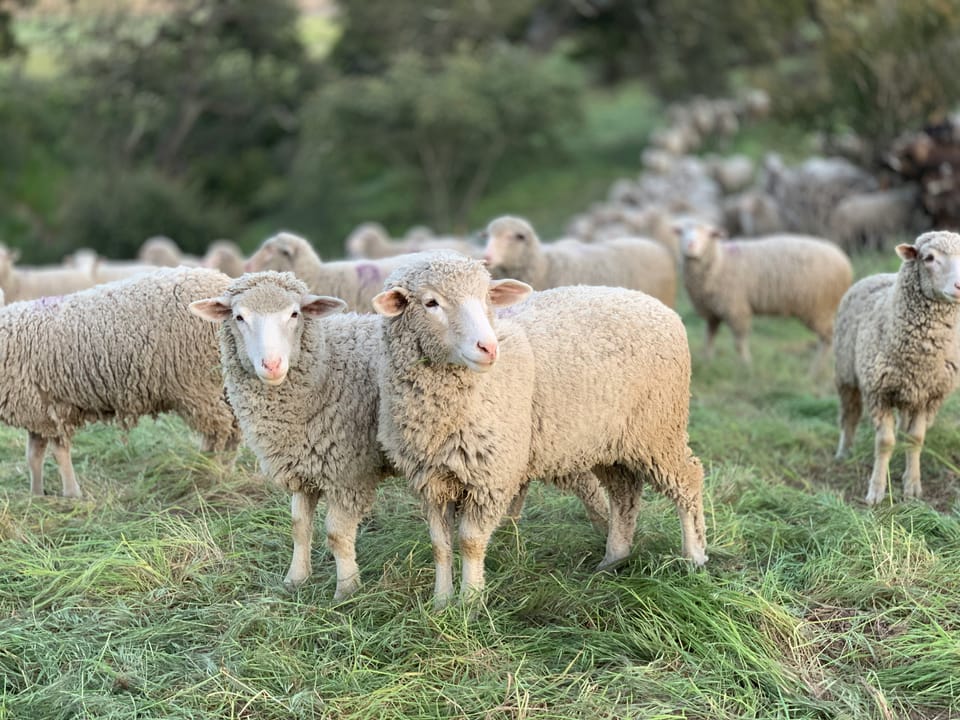English farmers are raising less livestock – and it has proven climate benefits

England is restructuring its agriculture towards more crops and less livestock, leading to a median 18% drop in farming emissions compared to 2010.
A study published this week by nonprofit Rothamsted Research assessed intensive farming systems between 2010 and 2021, over 72,000 km² of farmland, and found significant progress around climate, soil acidification and eutrophication – nutrient run-off that can pollute rivers and lakes.
Overall, English farmers achieved median reductions of 18% in global warming potential, a 21% drop in acidification potential, and 13% reduction in eutrophication potential.
For the researchers, this is the result of a recent restructuring in English agriculture, with 4% more land dedicated to general crops, and 2% less land used for dairy since 2010. In the same timeframe, registered cattle numbers fell by 30%, while sheep and lamb numbers dropped by more than 40%.
Between 2016 and 2021 England also saw an increase in rotational grass, spring barley, peas and fodder crops, and a substantial decrease in the area under permanent grass.
The findings aim to support the conversation launched in January by the UK government on a new strategic approach to managing land use in England, with the goal of “boosting Britain’s food security in a time of global uncertainty and a changing climate”.
Study co-author Professor Adie Collins said: “Farm structure changes such as reductions in livestock and of embedded emissions in agrochemicals and fuels have contributed to the modelled results.”
Uneven results and limitations of current farming practices
However, these improvements were not uniform across the country: in some areas, water management catchments recorded reductions of up to 76% in certain environmental indicators, while others saw little progress, with less than 5% improvement.
And while more minority crops were introduced, there was also evidence of increased specialisation and intensification, with more arable crops in cereal farms, more cattle on dairy farms and more sheep and lambs on lowland grazing farms by 2021.
“Whilst spatial variations in the magnitude of change were inevitably predicted across the country, the findings clearly demonstrate, in the context of the current policy debate surrounding a potential Land Use Framework for England, how structural change in farms can deliver appreciable environmental benefits,” added Collins.
Researchers also cautioned that it remains difficult to link modelled trends directly with on-the-ground monitoring data, and stressed the need for regular assessments to inform national agricultural policy.
“Farming is indispensable to feeding a growing population, but it must also become more sustainable,” commented Dr Yusheng Zhang, who led the study. “Routine assessment of environmental footprints will be critical to building a climate-resilient and economically viable agricultural industry.”







Member discussion